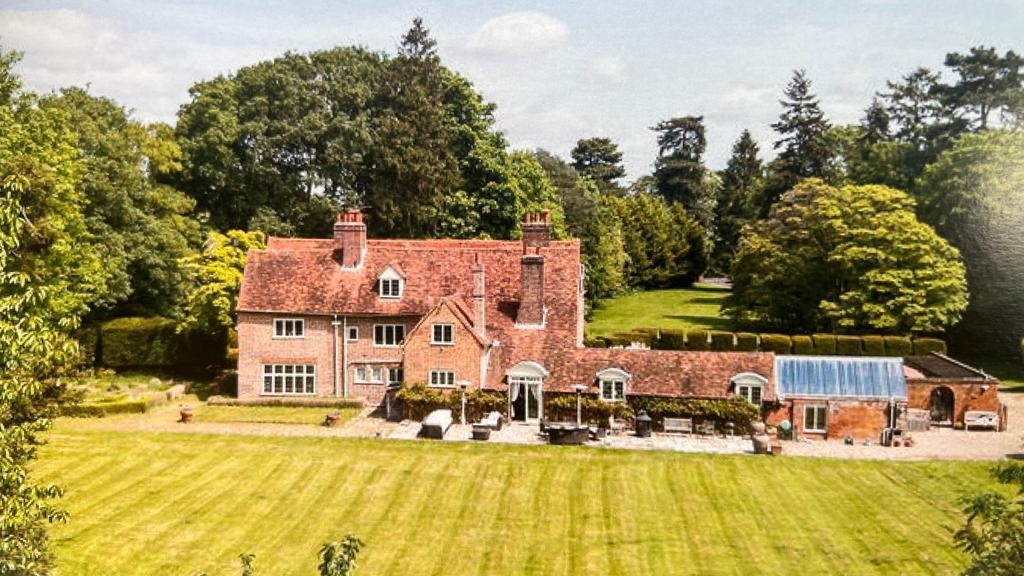
By Siham Ben Amor, MD, WER Investments Ltd
Central London’s definition of prime living is shifting fast. While Belgravia mansions and Knightsbridge penthouses remain timeless symbols of wealth, the real growth story is unfolding in amenity-rich micro-flats and branded residences designed for today’s global lifestyle. The Central London luxury property market is evolving, blending heritage with high-tech, wellness-oriented, and service-driven living.
📊 Market Shifts: What the Last 12–18 Months Tell Us Prices still below peak: Prime Central London property values remain ~22% below their 2014 highs, offering selective value. Sales are resilient: Q1 2025 saw 93 transactions above £5m, super-prime remains active. Tight supply: Westminster started just 150 new units in Q1 2025; in RBKC, none. Scarcity is driving competition. Luxury redefined: Branded residences and micro-luxury schemes, complete with gyms, lounges, and wellness suites are capturing attention.
🏛 From Mansions to Micro-Luxury So why are compact prime studios trending alongside grand townhouses?
✔️ Lifestyle-first: Global buyers want turnkey living, move-in ready homes with concierge, wellness, and zero hassle. ✔️ Entry point to prime: Smaller formats open doors to top-tier postcodes without the £10m+ ticket. ✔️ Rental resilience: High-quality one-beds and studios rent fast and hold strong yields, especially with corporate demand.
In areas like Belgravia, even Belgravia luxury apartments for sale are being reimagined, blending classical architecture with cutting-edge interiors and hotel-style services. This marks a new chapter where heritage meets innovation, creating Prime London property opportunities for both investors and lifestyle buyers alike.
✅ The Upside (Pros) Scarcity premium: Low pipeline = long-term value for best-in-class assets. Diversified demand: From super-prime cash buyers to affluent renters, demand is broad. Rental growth: Compact prime units are among the most resilient performers.
⚠️ The Considerations (Cons) High service charges: Luxury amenities come with steep running costs. Policy risks: Non-dom tax changes and wider macro uncertainty could influence decisions. Design matters: Poorly planned micro-units risk fast obsolescence.
🔑 How Investors Can Position Buy the building, not just the flat. Developer reputation, building management, and amenity quality are critical. Lean into scarcity. Focus on turnkey mansions or branded residences in prime addresses. Think total return. Model realistic rental yields and conservative resale values.
💬 Bottom line: Luxury in Central London is no longer only about size. It’s about service, design, wellness, and time saved. The winners will be beautifully executed homes, big or small that deliver everyday convenience without the friction.
👉 What do you think? Would you prefer the prestige of a grand mansion even with the upkeep, or the freedom of a smaller, service-packed home that lets you live more and manage less?
